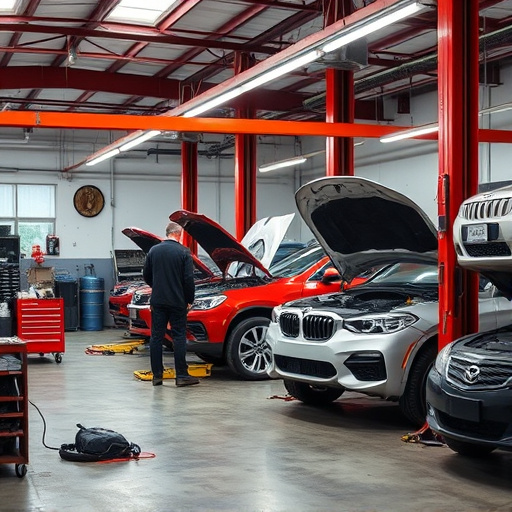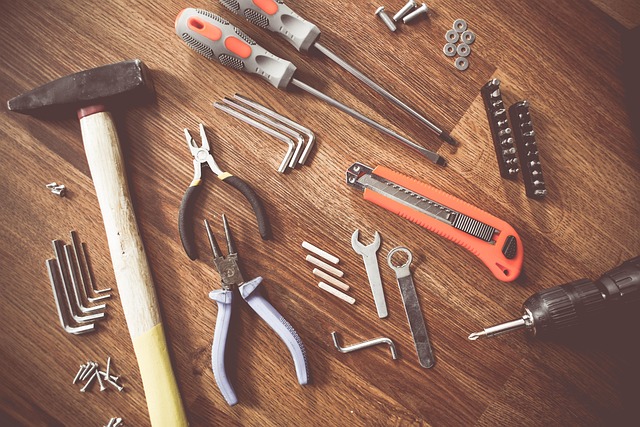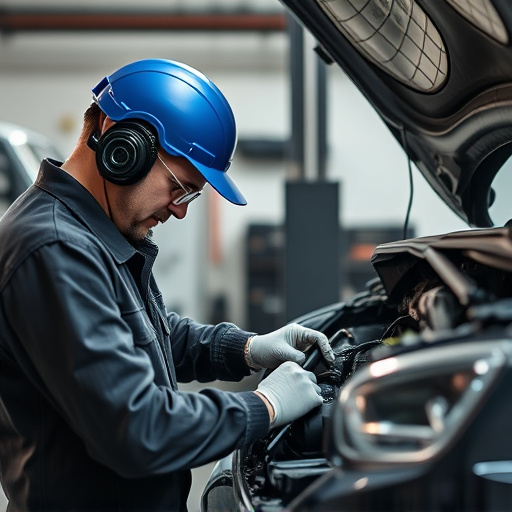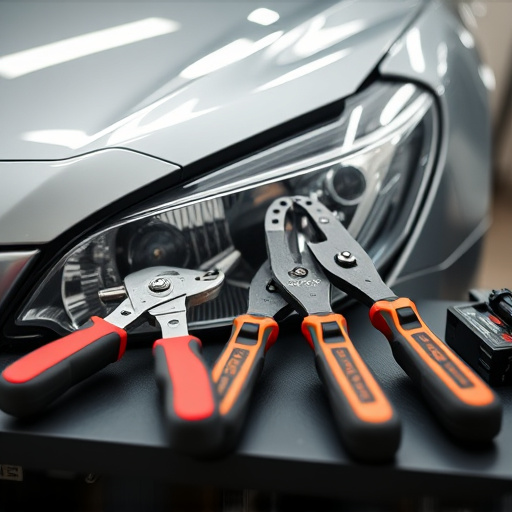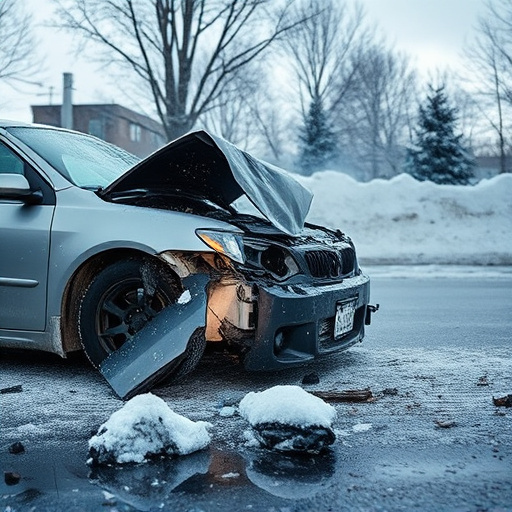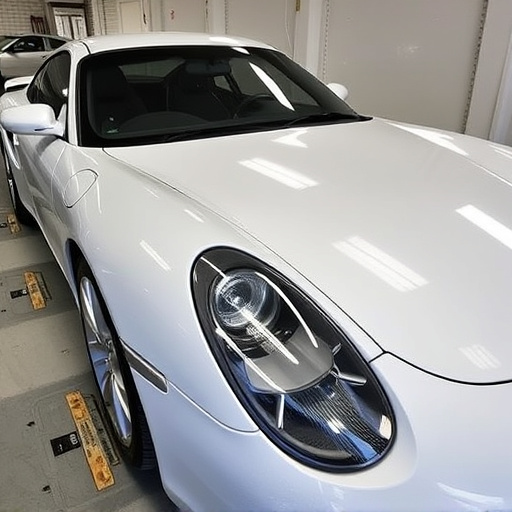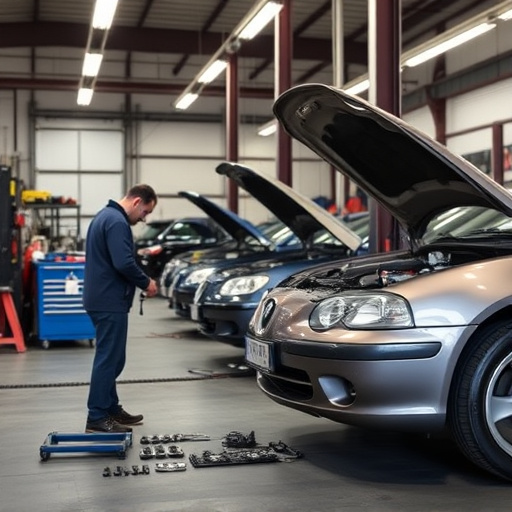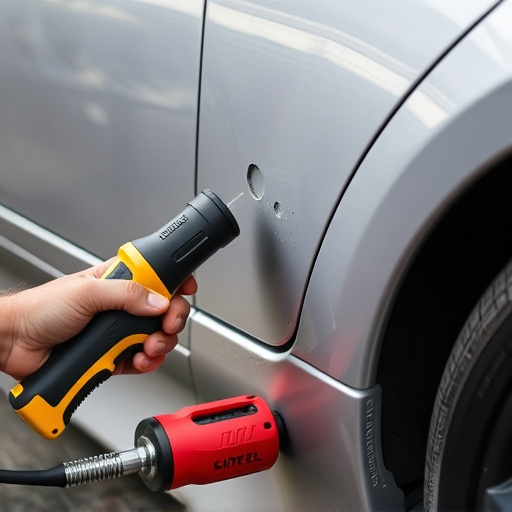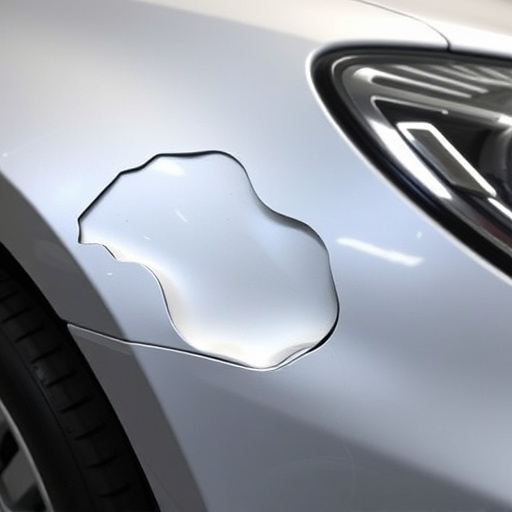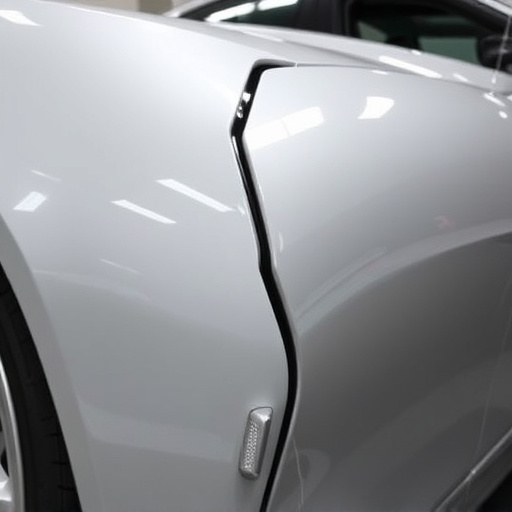Weather patterns, soil conditions, urbanization impact building integrity crucial for managing structural repair warranties. Extreme weather causes damage, while expansive soils and poor drainage pose risks. Urban expansion accelerates historical structure degradation. Specialized strategies & comprehensive warranty coverage essential for longevity.
Environmental factors play a significant role in the longevity and stability of structures, directly impacting the performance and validity of structural repair warranties. This article explores key elements like weather patterns, which can compromise building integrity, and soil conditions that serve as the foundation for repairs. Additionally, it delves into the challenges posed by urbanization, highlighting how these factors collectively influence the reliability of structural repair guarantees in a changing world.
- Weather Patterns and Their Influence on Structural Integrity
- Soil Conditions: A Foundation for Repair Warranties
- Urbanization's Impact: Challenges in Structural Preservation
Weather Patterns and Their Influence on Structural Integrity
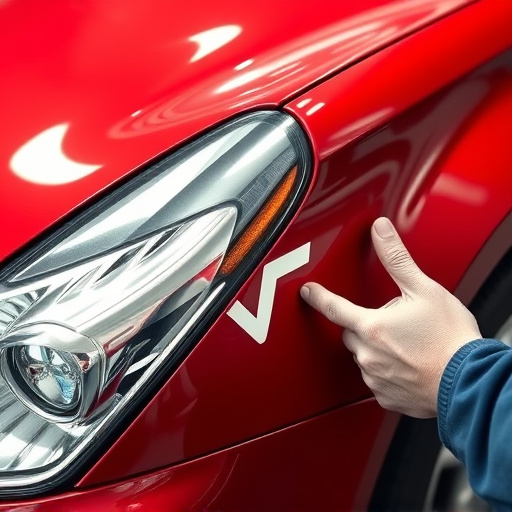
Weather patterns play a significant role in determining the structural integrity of buildings and structures, thereby influencing the longevity and durability of any subsequent repairs, including those covered under a structural repair warranty. Extreme weather conditions such as heavy rainfall, strong winds, and severe storms can cause significant damage to structures. For instance, prolonged exposure to rain can lead to water penetration, resulting in rusting of metal components, weakened concrete structures, and mold growth. These issues not only compromise the building’s stability but also create additional challenges for repair work.
Similarly, high-speed winds during storms can exert immense force on rooftops, exterior walls, and other exposed areas, potentially causing dents or cracks. Vehicle repair services often deal with similar challenges, as dent removal and fender repair are common tasks resulting from weather-related incidents. As such, understanding the local climate and its associated weather patterns is crucial for ensuring the stability of structures and managing warranty claims related to structural repairs effectively.
Soil Conditions: A Foundation for Repair Warranties
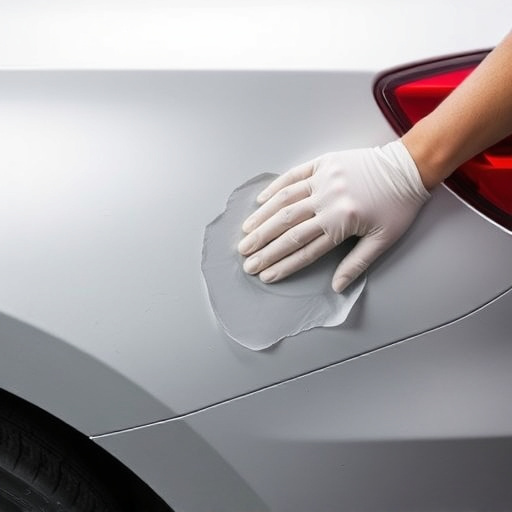
Soil conditions play a foundational role in determining the longevity and reliability of structural repair warranties. The stability and composition of soil directly influence the integrity of buildings and infrastructure, which in turn affects the performance of repairs over time. For instance, expansive soils can exert significant pressure on structures, leading to cracks and misalignments that may void warranties if not properly addressed during repair. Conversely, poorly drained or waterlogged soils can contribute to moisture intrusion, fostering conditions conducive to corrosion and mold growth, further complicating warranty claims for structural repairs.
Understanding local soil characteristics is essential for contractors offering automotive repair services or collision repair services, as well as those specializing in car scratch repair. Incorporating soil stabilization techniques or appropriate drainage systems during renovation projects can help ensure that the structural integrity restored through these services stands the test of time, thereby reinforcing the validity and coverage of associated warranties.
Urbanization's Impact: Challenges in Structural Preservation
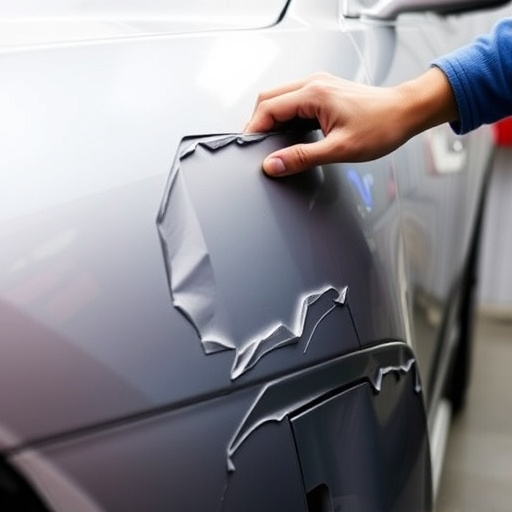
Urbanization, with its relentless pace, presents unique challenges for structural repair and warranty management. As cities expand, historical structures often find themselves in the midst of a bustling urban landscape, facing pressures that can compromise their integrity. The constant exposure to varying environmental conditions, such as extreme temperatures, humidity, and pollution levels typical of metropolitan areas, accelerates degradation processes. This is particularly evident in regions with dense populations where older buildings are scarce, and new constructions compete for space, leading to reduced air circulation and increased moisture retention around structures—all factors that contribute to the deterioration of materials used in construction and subsequent repair needs.
The rapid urbanization also brings about changes in land use, which can disrupt the natural drainage patterns essential for structural preservation. Changes in water flow and runoff can lead to increased soil erosion, causing foundations to settle unevenly or shift, resulting in cracks and other structural damage. Additionally, the constant traffic and vibrations from vehicles, especially in heavily congested urban areas, can compromise the integrity of buildings over time. These challenges highlight the need for tailored strategies in structural repair and warranty coverage to ensure that buildings not only withstand the test of time but also adapt to the dynamic environment presented by urbanization.
Environmental factors play a significant role in determining the longevity and reliability of structural repair warranties. From unpredictable weather patterns affecting building integrity to soil conditions that can compromise foundations, every aspect of the surrounding ecosystem matters. As urbanization continues to shape landscapes, it becomes increasingly vital to understand these environmental influences to ensure robust and long-lasting structural repairs, ultimately safeguarding investment and community safety. By addressing these challenges head-on, we can enhance the sustainability and durability of our built environments.
